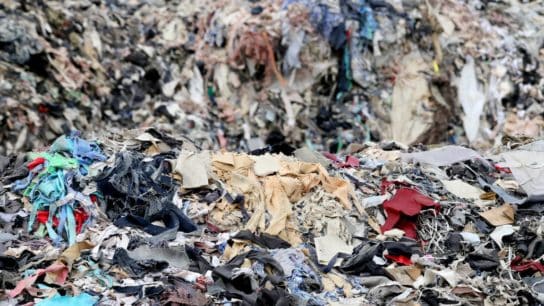A new report released on Tuesday warns that some 371 of California’s water systems – which supply water to more than 920,000 people mostly located in the Central Valley – had unsafe levels of contamination.
—
According to a report by California’s State Water Resources Control Board, nearly a million Californians face possible long-term health conditions for drinking water containing unsafe levels of contaminants such as arsenic and nitrate.
Released on Tuesday, the audit found that 371 of California’s water systems contain high levels of toxic chemicals that result in long-term, negative health risks including liver and kidney problems as well as cancer. Nearly 240 of them have been failing for three years or more, and 155 have been failing for five years.

Table 1: Number of California’s water systems classified as contaminated, 2017-2021
Despite showing a slight improvement from last year, when 418 California’s water systems were found to be contaminated, data suggests that the number of systems classified as failing each year since 2017 has always remained above 300. These supply water to more than 920,000 people, mostly residing in small, mostly rural communities in the Central Valley and San Bernardino. The audit found that more than two-thirds of 371 water systems are located in disadvantaged communities with significant financial needs.
What’s more, the agency found that, despite having available funding to tackle the issue and improve the quality of their drinking water, the State Water Board “has generally demonstrated a lack of urgency in providing this critical assistance”. Over the past five years, the average waiting time to receive necessary funding after application nearly doubled, from 17 to 33 months.
The report comes as several western US states – including California – battle one of the worst and longest droughts in nearly 1,200 years, which has forced the state to increase its reliance on groundwater. The auditor noted that the risks of toxic pollutants contaminating drinking water are higher in drought conditions: as groundwater levels sink, hazardous farm chemicals seep deeper into the soil, tainting underground drinking water supplies.
You might also like: Lake Mead and Colorado River Basin Water Shortage: Causes, Effects, and Policy Solutions


















